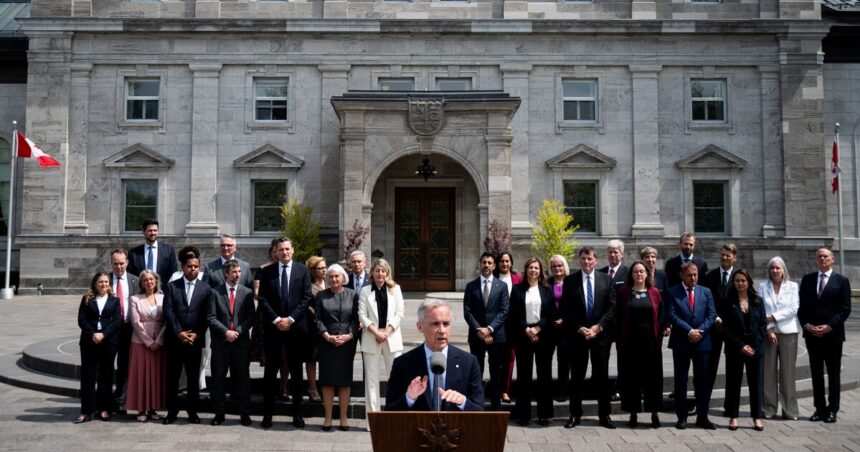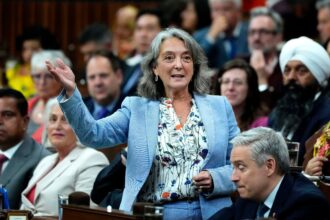Disability rights advocates across Canada are sounding the alarm over what they describe as a troubling omission in the federal cabinet structure – the absence of a dedicated minister responsible for disability inclusion. This gap, they argue, speaks volumes about where people with disabilities rank on the government’s priority list, despite affecting nearly one in four Canadians.
“When you don’t have someone at the cabinet table explicitly responsible for disability issues, it sends a clear message: we are not a priority,” says Rabia Khedr, National Director of Disability Without Poverty. “It’s difficult to feel represented when there’s no one specifically tasked with advancing our concerns at the highest levels of government.”
The criticism comes as Statistics Canada data shows approximately 6.2 million Canadians – roughly 22 percent of the population – identify as having some form of disability. Despite these significant numbers, advocates point out that disability affairs have been effectively relegated to a secondary status within broader ministerial portfolios.
The previous Liberal government had appointed Carla Qualtrough as Minister of Employment, Workforce Development and Disability Inclusion, creating a specific mandate for disability representation. However, the current cabinet structure has disability issues subsumed under broader portfolios, with no minister explicitly carrying disability inclusion in their title.
“This isn’t merely symbolic,” explains David Lepofsky, chair of the Accessibility for Ontarians with Disabilities Act Alliance. “Without dedicated ministerial oversight, critical issues affecting millions of Canadians risk being pushed aside by competing priorities. The implementation of the Accessible Canada Act, poverty reduction strategies for people with disabilities, and accessibility standards all require focused leadership.”
The concerns extend beyond federal representation. Several provincial governments have similarly eliminated or downsized dedicated disability portfolios in recent years, creating what advocates describe as a “troubling pattern” across multiple levels of government.
“We’re witnessing a systematic devaluing of disability issues in governance structures,” notes Sarah Cooper, policy analyst with Canada’s Disability Rights Coalition. “When you combine this with chronic underfunding of support programs and accessibility initiatives, it creates an environment where progress stalls and existing challenges intensify.”
The financial implications for Canadians with disabilities are significant. Recent economic analyses indicate that people with disabilities face unemployment rates nearly twice the national average, with nearly 30 percent living below the poverty line – a situation exacerbated by insufficient policy attention.
Government officials have responded by pointing to cross-ministerial initiatives and the continued implementation of accessibility legislation, arguing that disability concerns are being integrated across multiple portfolios rather than siloed in a single ministry.
“The structural approach may have changed, but our commitment hasn’t,” stated a government spokesperson. “Disability inclusion remains embedded throughout our policy development process.”
Critics remain unconvinced. “Integration sounds nice in theory, but in practice, it often means dilution,” counters Khedr. “Without clear accountability and dedicated leadership, disability issues become everyone’s secondary responsibility and no one’s primary focus.”
Disability rights organizations are mobilizing to press for changes, including the restoration of a dedicated ministerial position. An upcoming national advocacy day is planned for Parliament Hill, where representatives from various disability communities will present a unified call for stronger representation.
As this discussion unfolds, the fundamental question remains: in a country where nearly a quarter of the population lives with disabilities, shouldn’t their concerns be explicitly represented at the highest levels of government decision-making?










